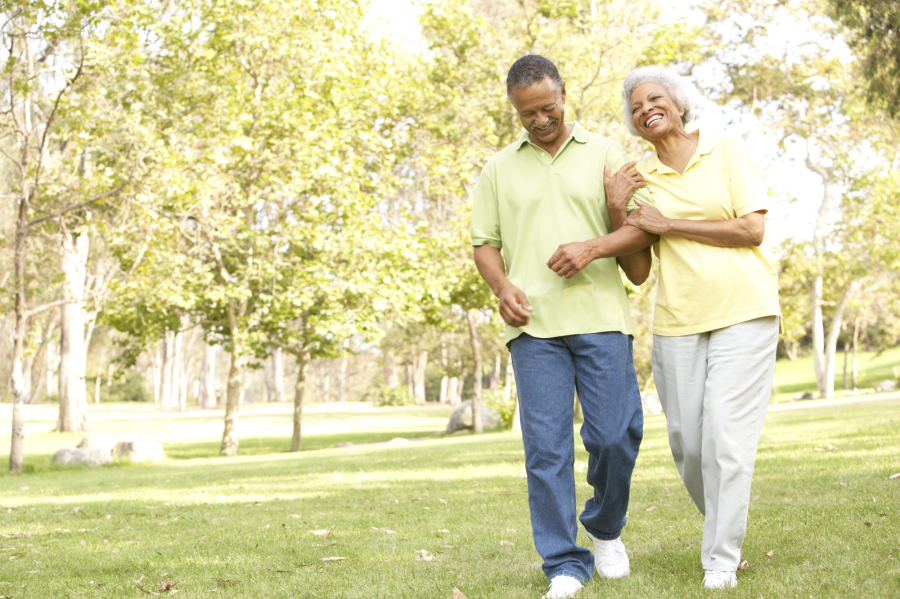October 7, 2019
Preventing Older Adult Falls

The Centers for Disease Control says that people aged 65+ have a greater than 25 percent chance of falling. And if someone falls once, the chance of falling again doubles, meaning there’s a more than 50 percent chance for a second fall.
This is serious because falls are a leading cause of lost independence and ability. Seniors often aren’t able to recover fully from the trauma, their overall health declines, and their care needs increase significantly.
However, that doesn’t mean that falls are a normal part of aging. The truth is, most falls are preventable —and you have the power to reduce the risk for yourself or a loved one. Exercise, managing medications, having one’s vision checked, and making the home living environment safer are all steps you can take to prevent a fall.
6 Age-Related Changes that Increase Senior Fall Risk
- Decreased strength - Muscle loss starts very early, around age 30. In older adults, less muscle means less strength and weaker bones.
- Weaker sense of balance - Many body systems work together to keep us standing upright. Age-related changes and medication side effects can make it more difficult for seniors to stay balanced.
- Declining eyesight - Vision helps us keep our balance and avoid obstacles. As vision worsens, so does the ability to stay upright and clearly see what’s in our path.
- Loss of flexibility - Age and health conditions make seniors less flexible, especially in hips and ankles. This stiffness increases the likelihood of falling.
- Decreased endurance - Not being able to endure physical activity like standing or walking for a reasonable amount of time increases fall risk.
- Declining ability and desire to walk - Continuing to walk will improve strength, balance, flexibility, and endurance for older adults. However, many seniors become less active and fall into a negative cycle where less activity leads to less strength and balance.
6 Ways to Reduce the Risk of Senior Falls
- Exercise - Encourage safe, regular exercise to build strength, balance, and flexibility. While we do lose muscle as we age, exercise can partially restore strength and flexibility. It’s never too late to start an exercise program. Get in the water! Walking against water resistance builds core strength, which aids in better balance and flexibility.
- Medications - Get regular check-ups from the doctor. Taking any medication may increase the risk of falling. Medications affect people in many different ways and can sometimes cause dizziness or sleepiness. Talk to your health care provider about potential side effects or interactions of your medications.
- Vision - Treat or manage vision problems; regular check-ups catch problems early.
- Safety - Make the home safer by decluttering key areas, improving lighting, and making safety updates. Limit use of throw rugs.
- Assistive devices - Walking aids are very important in helping many older adults maintain or improve their mobility. Have a physical therapist fit the walker or cane to you and instruct you in its safe use.
- Communicate - Let your family know about your concerns and offer support to help them maintain the highest degree of independence possible. There are many things you can do, including removing hazards in the home, finding a fall prevention program in the community, or setting up a vision exam.